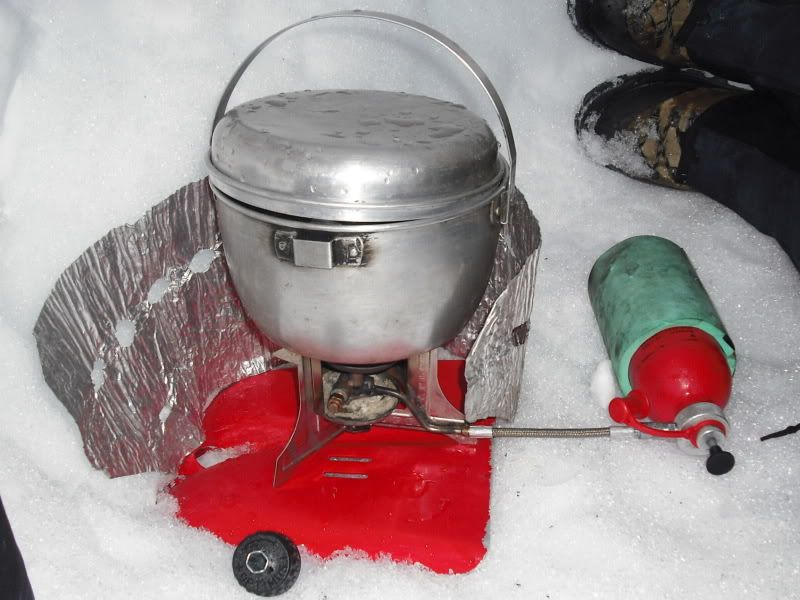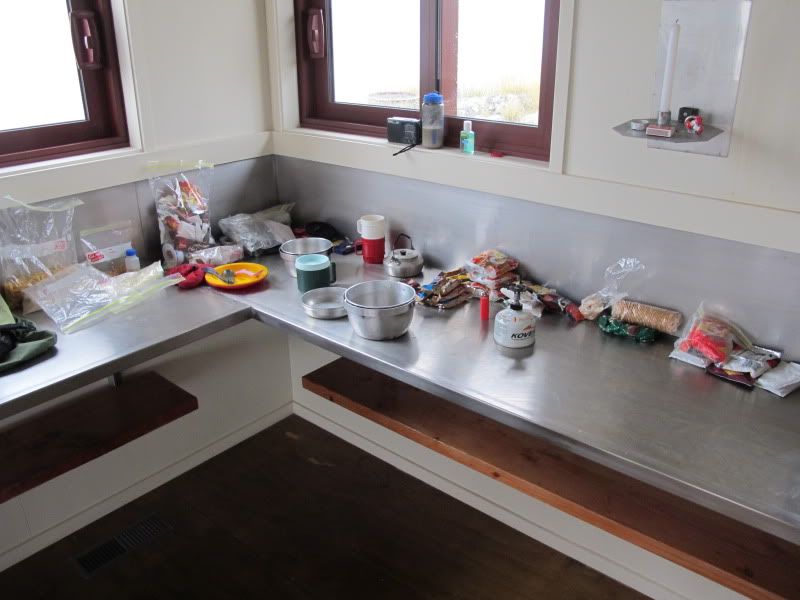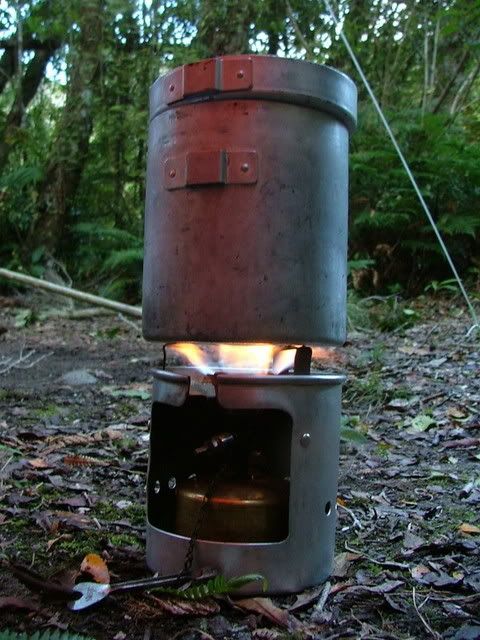You seriously think people carry that stuff any distance do you?
TBH, if I'm going any distance the stove might be left behind in favor of collecting wood for a real fire on site.
You seriously think people carry that stuff any distance do you?
You seriously think people carry that stuff any distance do you?
What stuff? All the under blankets, wooly blankets etc? Very doubtful, but people (including me) carried paraffin/petrol stoves with no problem hill walking four season for many years and even if I was hiking now on a trip for two or more I'd pack an Optimus 111, did until I had to stop walking back around 2008; twas no big deal.
Your choice obviously, but it wouldn't be mine. No matter which way you spin it, the numbers just dont add up.





In your opinion, while they may not suit you, the numbers may suit others. Your view on this subjective matter is just that, your view and not a universal one Martyn
Is that a thermally efficient aluminum but traditional kettle or an uber lightweight TI kettle??Pot - Kettle - Black!
"Every gram counts"
SO we should count then:
for a weekend:
Optimus crux plus 220 g canister full - 490 grams
SVEA 123 with 130 ml fuel inside - 540 grams
Super cat plus 130 ml alcohol - 120 grams
So the SVEA is a little heavier than the Crux, not 500 grams and if weight is the criterion, then the alcohol is the "best" fuel.
Is that a thermally efficient aluminum but traditional kettle or an uber lightweight TI kettle??
Not on an alcohol stove they don't get 'that' hot.....I'm not sure - wouldn't the Ti kettle go blue?
On these trips your going on, are you lugging water with you or are you taking it from on the trail? Having to actually boil water to remove nasties would up the fuel needed quite a bit I would have thought. Seeing as though you will be filtering the water of crud either way, boiling or chemical sterilizing, would not using some form of steri-tab reduce the fuel needs a lot as you no longer have to heat to 100 degrees and can have just hot drinks/food against scalding ones?
Steve.
Martyn, just checking your figures, Gas or petrol would be better than meths etc if you were on a trip of upto 2 weeks, or if you were being re supplied.
Martyn, just checking your figures, Gas or petrol would be better than meths etc if you were on a trip of upto 2 weeks, or if you were being re supplied.
I have a Chinese Crux clone which is 90% TI in construction and it weighs something like 40g - 50g and works as well as the Crux....So what's that 250g for a stove and 100g can with a lot of potential heat energy....The only way meths can "win" is if the combined weight of the stove, alcohol fuel bottle, pot stand and windhield, is less than 87g (the weight of the crux), or if your fuel requirements are less than the minimum 100g cannister weight.
If you're going for an unpressurized Meths's burner then you need to get one that is really really efficient a turning potential heat energy in the fuel to actual heat energy.. When you find one let me know...
Can you be a bit more specific on this point John? Do you have say a boil time per amount of fuel per amount of water as a measure of efficiency your looking for? Steve.
